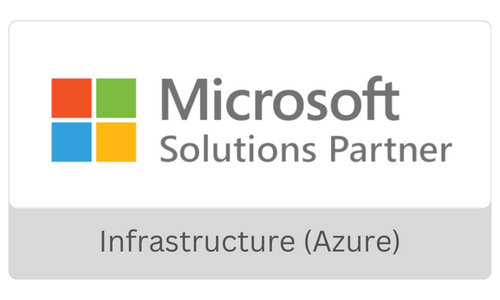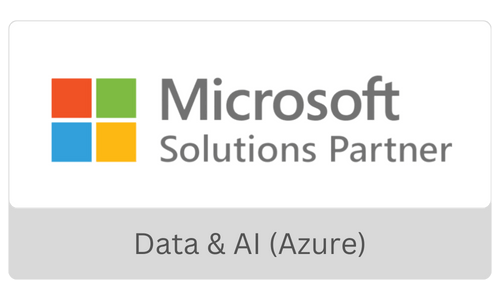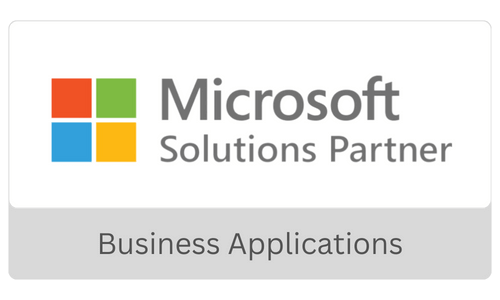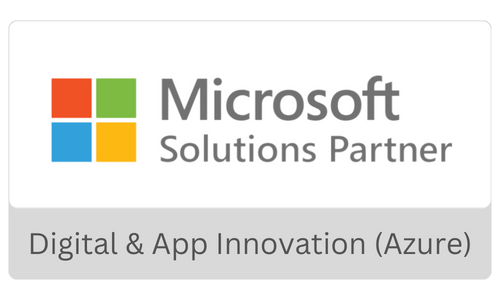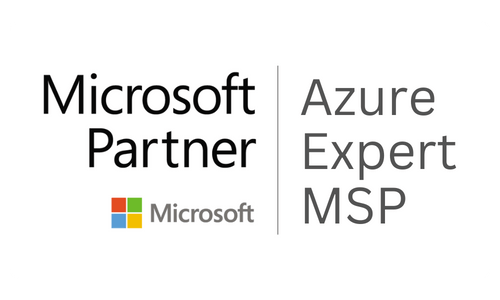To help you ensure a successful migration to the Azure cloud and develop quality applications, Microsoft offers Azure Cloud Adoption Framework (CAF) and Well-Architected Framework (WAF). In this article, let’s discuss Azure WAF – the five pillars and how implementing WAF helps your business.
Azure Well-Architected Framework (WAF)
The Azure Well-Architected Framework (WAF) is a set of best practices and guidelines provided by Microsoft. The framework helps you build secure, high-performing, resilient, and efficient infrastructure for applications on Azure. It’s designed to help you create and maintain cloud architectures that align with industry standards. The framework is built around five pillars, each focusing on a specific aspect of cloud architecture.
Reliability
Applications running on the cloud are susceptible to failures. For example, an individual server can fail, a cyberattack might encrypt all the data, or power goes off at the data center due to a tornado. For a business, a minute’s downtime can have catastrophic consequences. You must design your workloads on the cloud for resilience. Resilience helps you restore the workload in case of failure with little to no effect.
To help you architect reliable and highly available workloads on Azure cloud, Microsoft’s Azure Well-Architected Framework offers you some best practices. The practices include considerations for selecting the right services, optimizing workloads, and using caching mechanisms effectively.
Security
Data is wealth. Data protection is paramount. You might be saving sensitive customer data or critical information about your financials. Should this information get exposed, it can damage your brand reputation and substantially harm your business. So, ensuring compliance and the integrity of your data is essential.
The Azure cloud provides security against threats. However, you need to build additional security layers into your workloads and processes to strengthen security. In the security pillar, Azure Well-Architected Framework proposes security measures and best practices for identity management, application and infrastructure protection, data sovereignty, and security resources management.
Cost optimization
Cloud technologies are offered as on-demand service offerings. So, you need to consider your investment in the cloud as a capital expenditure (CapEx), which will have a direct impact on your taxable income and net profit. If you do not plan your cloud resources and workloads properly, you may end up overspending your cloud budget. This will negatively impact your balance sheet. The cost optimization pillar in the Azure WAF helps you achieve maximum value at a low cost. It includes practices such as rightsizing resources, utilizing reserved instances, using analytics for cost insights, and leveraging automation for cost management.
Operational excellence
You moved to Azure cloud services. Is the job done? Besides enhancing your technical capabilities, the Azure platform also empowers your business with operational capabilities, such as agility in development and real-time visibility into application health and performance. How, you ask?
You can achieve operational excellence on the Azure cloud using the best practices provided in the Operational Excellence pillar in the Azure WAF. This pillar focuses on ensuring efficient operations of your applications and infrastructure. It emphasizes modern practices for designing, building, and orchestrating your cloud architecture. The pillar also provides some Azure best practices, such as automating tasks, monitoring performance, incident response, and continuous improvement.
Performance efficiency
Imagine you are a retailer and launching an exclusive sale. Your audiences receive it well, and you experience a huge influx of traffic to your application. Can your application handle it? Should it crash, it will cost your business. You need to build your workloads for scalability because performance inefficiencies are expensive.
In the Performance efficiency pillar, the focus is on designing your Azure resources to deliver high performance and efficiency. This pillar provides the best practices for selecting the right services, optimizing network and storage performance, identifying performance bottlenecks, and using caching mechanisms effectively.
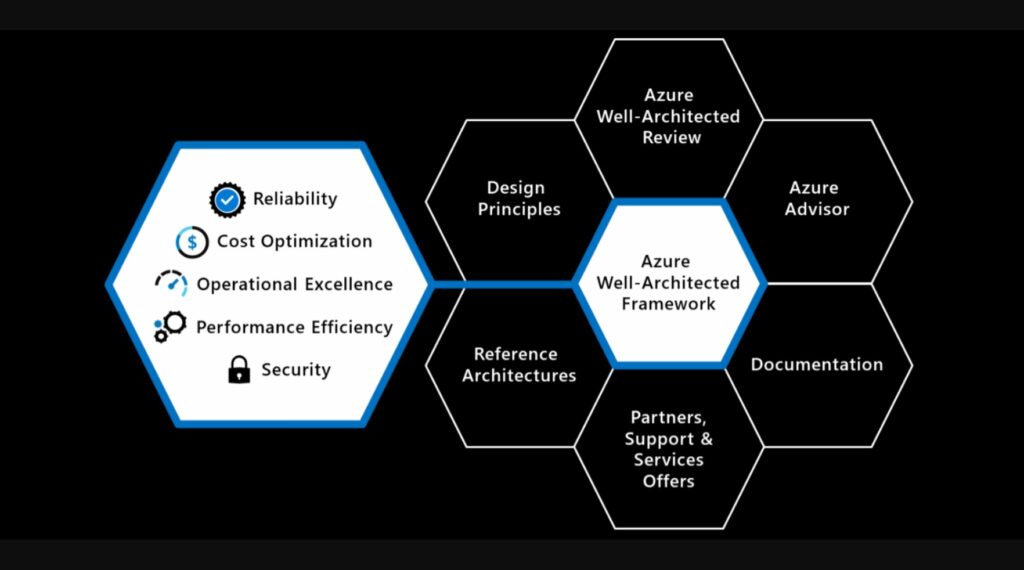
Source: Microsoft
The Well-Architected Framework provides a structured approach to evaluating your architecture against these pillars and identifying areas for improvement. It offers guidance in the form of documentation, best practices, and tools to help you make informed decisions about your cloud architecture.
Microsoft provides a Well-Architected Review tool within the Azure portal that allows you to assess your workloads against these pillars and get recommendations for improvements. This tool helps you align your architecture with the best practices outlined in the framework.
Advantages of implementing Azure Well-Architected Framework
- Consistency and standards: The WAF promotes a standardized approach to architecture design and implementation, ensuring that all projects within your organization adhere to the same set of best practices.
- Scalability: The scalability guidelines provided by the WAF enable you to design architectures that can scale up or down seamlessly based on changing demands, ensuring your applications can handle increased workloads.
- Risk mitigation: Following the WAF helps identify and mitigate risks early in the design phase, reducing the likelihood of security breaches, performance issues, and operational disruptions.
- Alignment with industry standards: The WAF is based on industry best practices and lessons learned from real-world scenarios, ensuring that your cloud architecture aligns with industry standards and proven strategies.
- Continuous Improvement: The WAF fosters a culture of continuous improvement by providing mechanisms for reviewing and refining architectures over time, ensuring that your cloud environments stay up-to-date and relevant.
- Competitive Advantage: Implementing the WAF demonstrates your commitment to building reliable, secure, and efficient cloud solutions, which can give your organization a competitive advantage in the market.
Why you need a technology partner for implementing Azure Well-Architected Framework
Although Microsoft provides detailed documentation on Azure Well-Architected Framework, its implementation involves several challenges for enterprises, particularly small and medium-scale businesses that cannot afford dedicated IT teams. Let’s briefly discuss how partnering with Azure service providers like Saxon can help you make the most out of Azure WAF.
Expertise and experience
Technology partners specialize in cloud architecture, infrastructure design, and best practices. They bring a wealth of experience and knowledge that can help businesses navigate the complexities of implementing the WAF effectively.
Accelerated implementation
Technology partners have a deep understanding of the framework’s principles and can expedite the implementation process. They know how to apply the guidelines to specific use cases and can help businesses avoid common pitfalls.
Problem-solving
Technology partners can provide solutions to challenges and roadblocks that may arise during implementation. Their experience in troubleshooting and resolving issues can save businesses time and prevent costly mistakes.
Continuous support
Implementing the WAF is an ongoing effort. A technology partner can provide ongoing support and guidance, ensuring that the architecture remains aligned with best practices as technology evolves.
Risk mitigation
Experienced technology partners can identify potential risks and vulnerabilities in the process and help businesses implement security measures effectively.
Faster ROI
With expert guidance, businesses can achieve the benefits of the WAF more quickly and efficiently. This leads to a faster return on investment as the architecture becomes optimized for performance, cost, and reliability sooner.
Focus on core business
By delegating the technical aspects of implementing the WAF to a technology partner, businesses can concentrate on their core competencies and strategic initiatives.
Change Management
Introducing new architectural practices can require changes in processes and workflows. Technology partners can assist in managing these changes and ensure a smooth transition.
Looking for a trusted technology partner to implement Azure WAF?
We are here for you! At Saxon, we are helping SMEs and corporates move to the Azure cloud and transform their operations. Our Azure experts understand your unique business needs and help you effectively implement the Azure Well-Architected Framework for your cloud journey success.
Want to talk to our experts?





